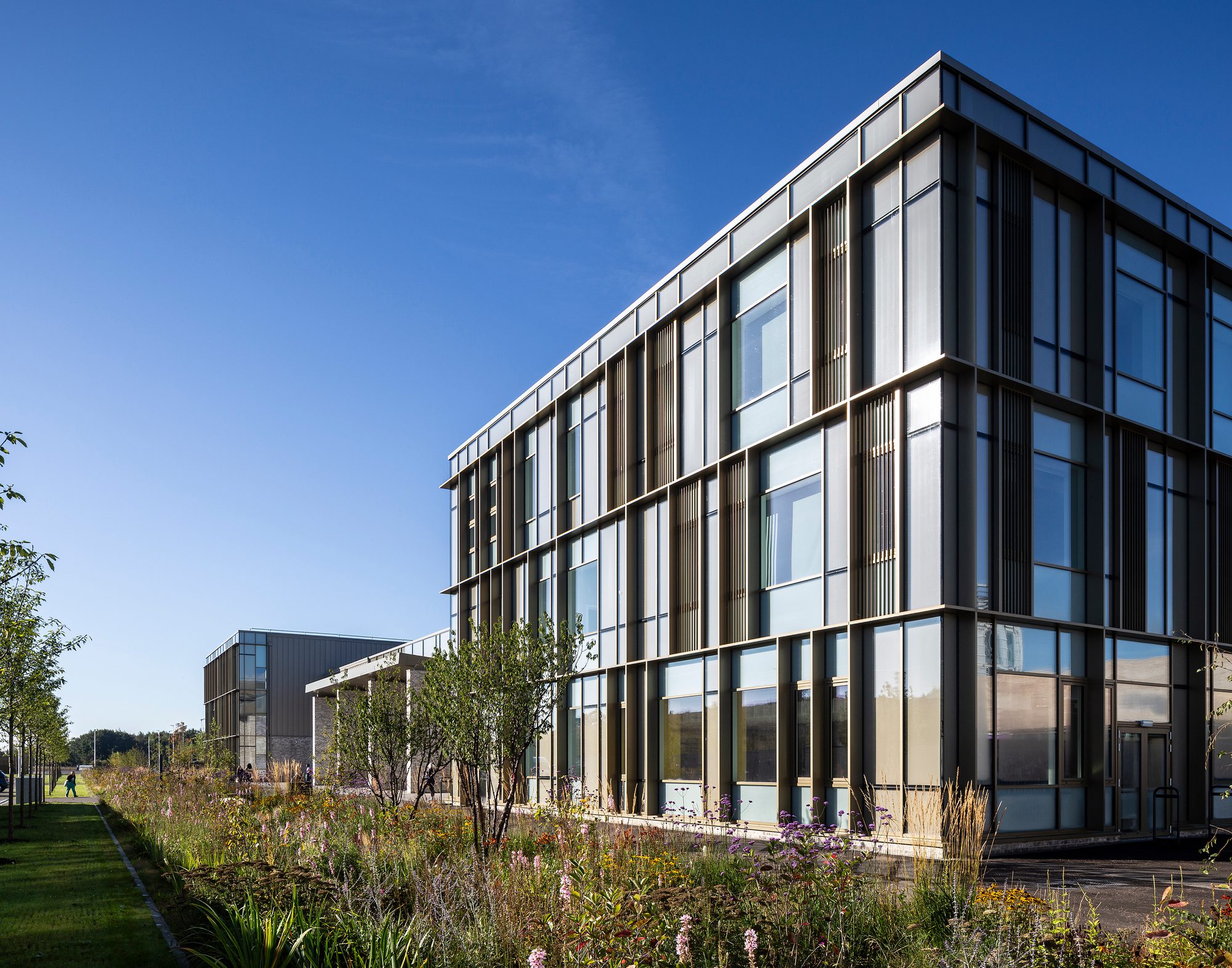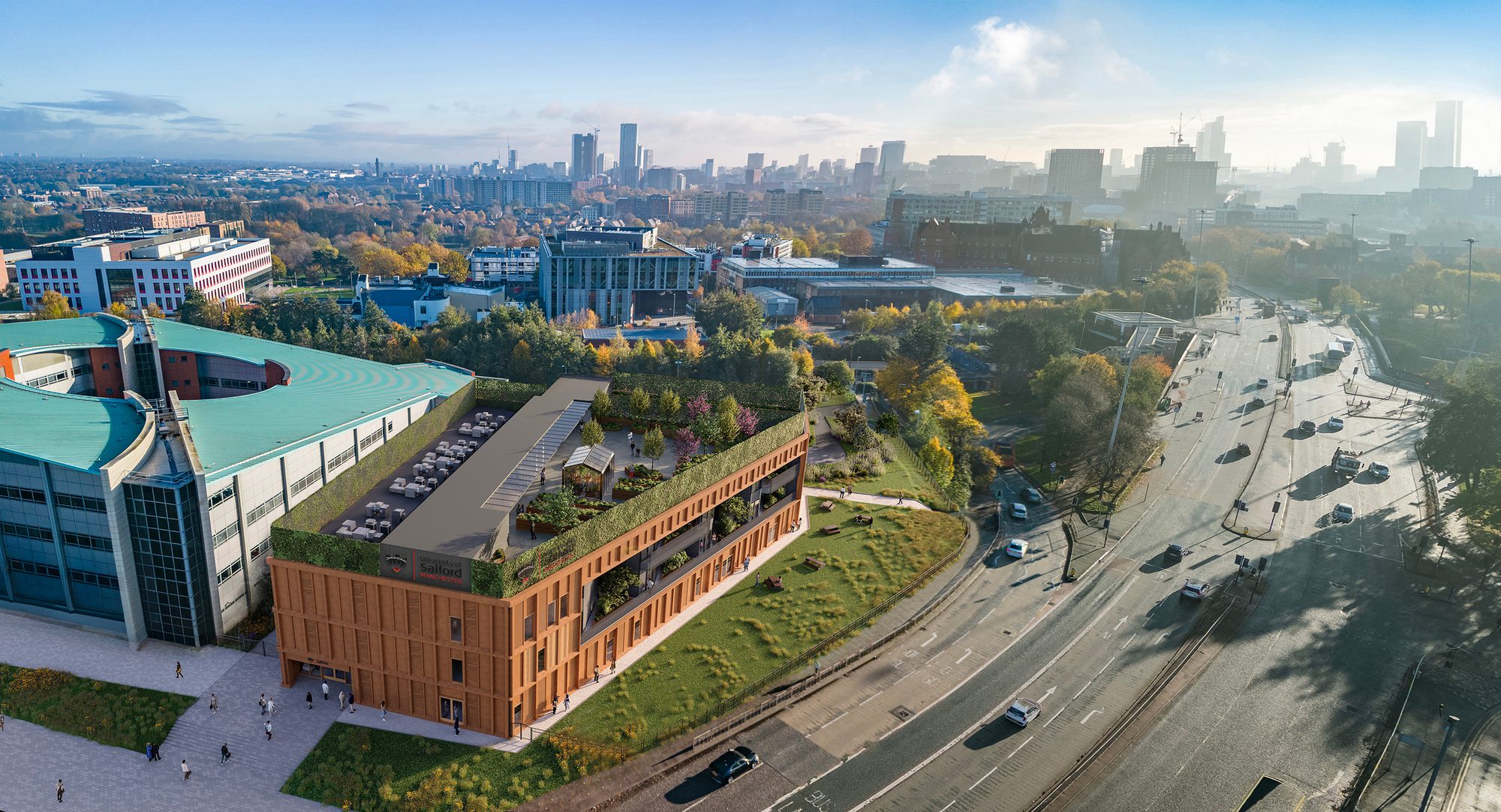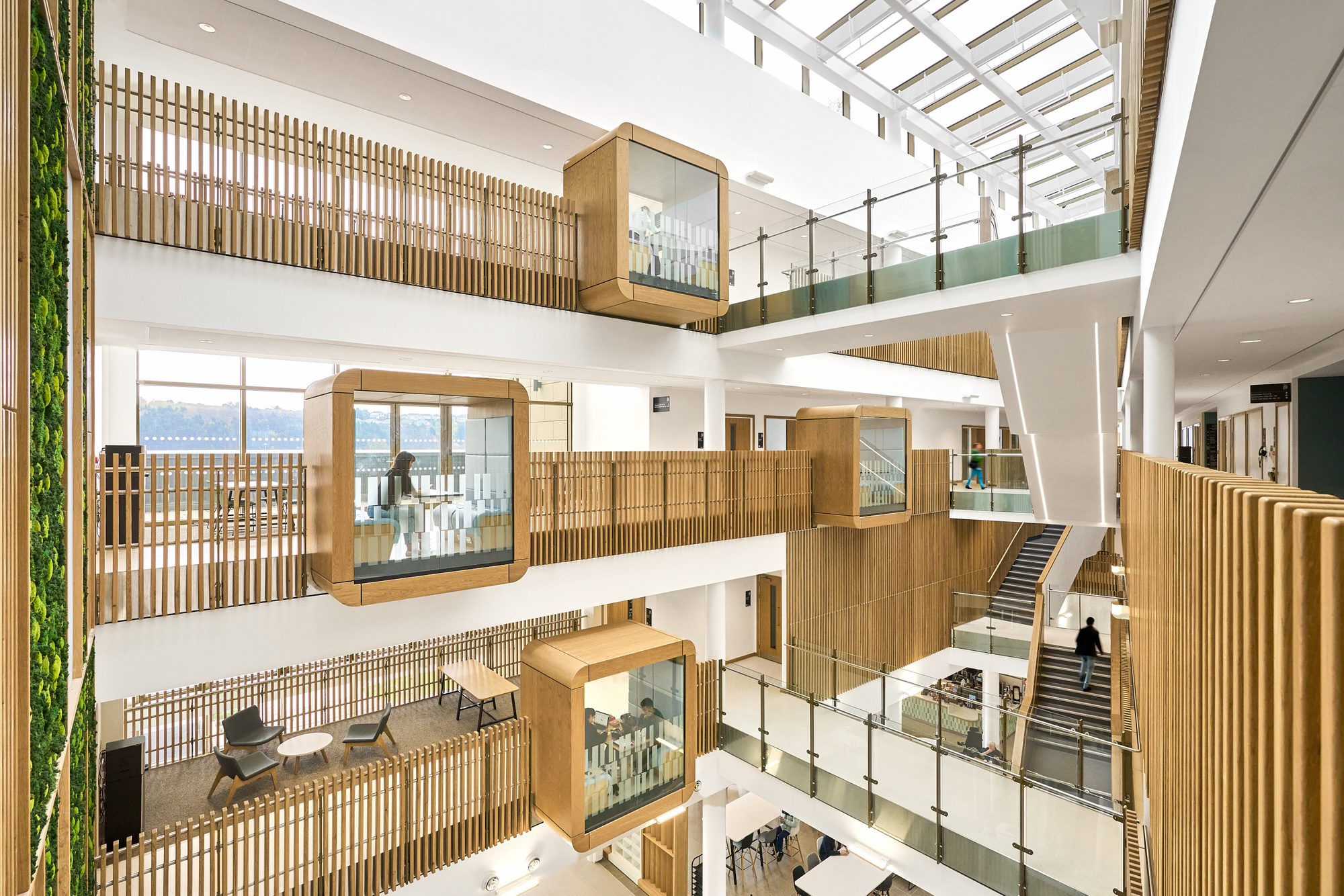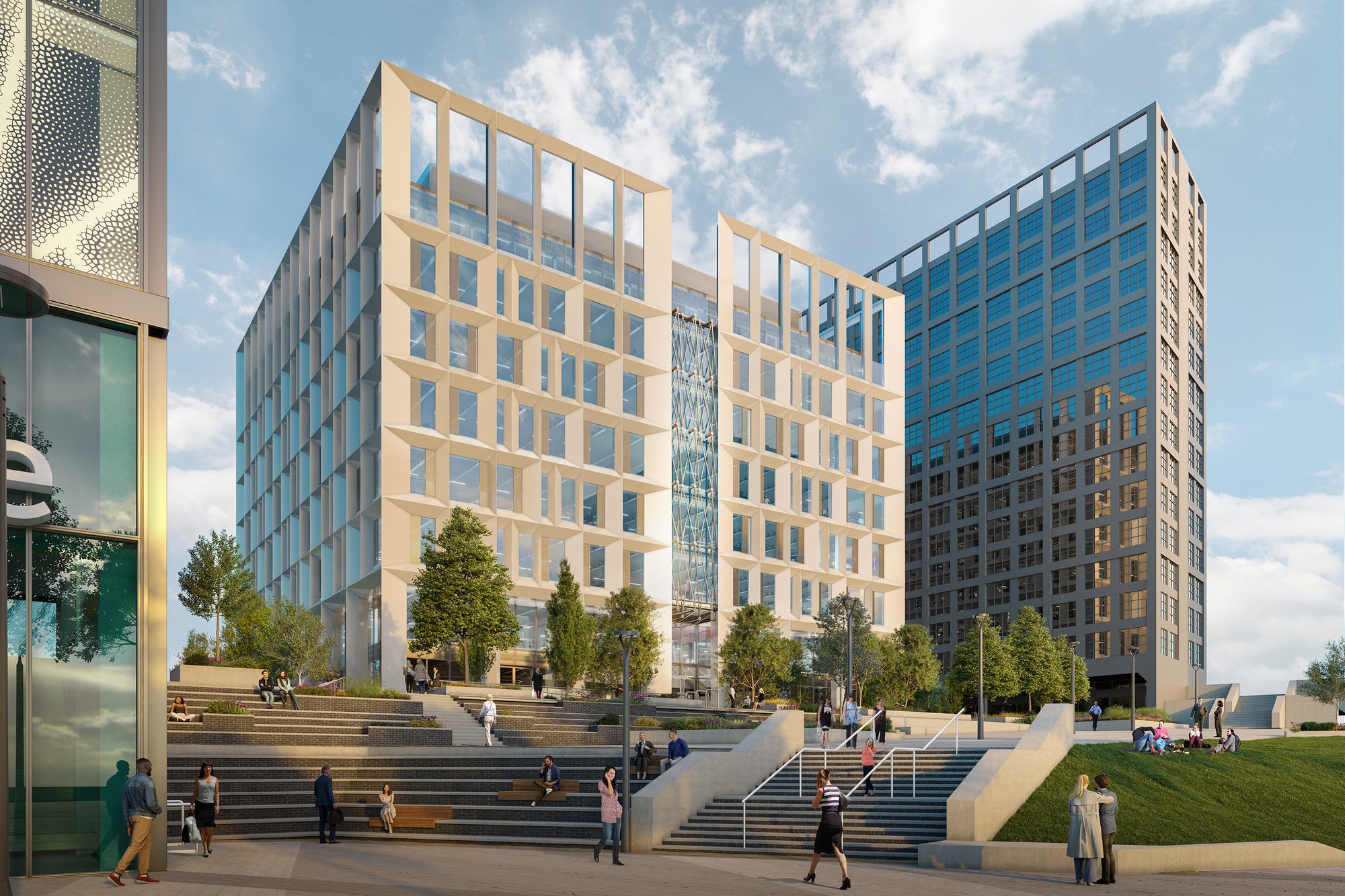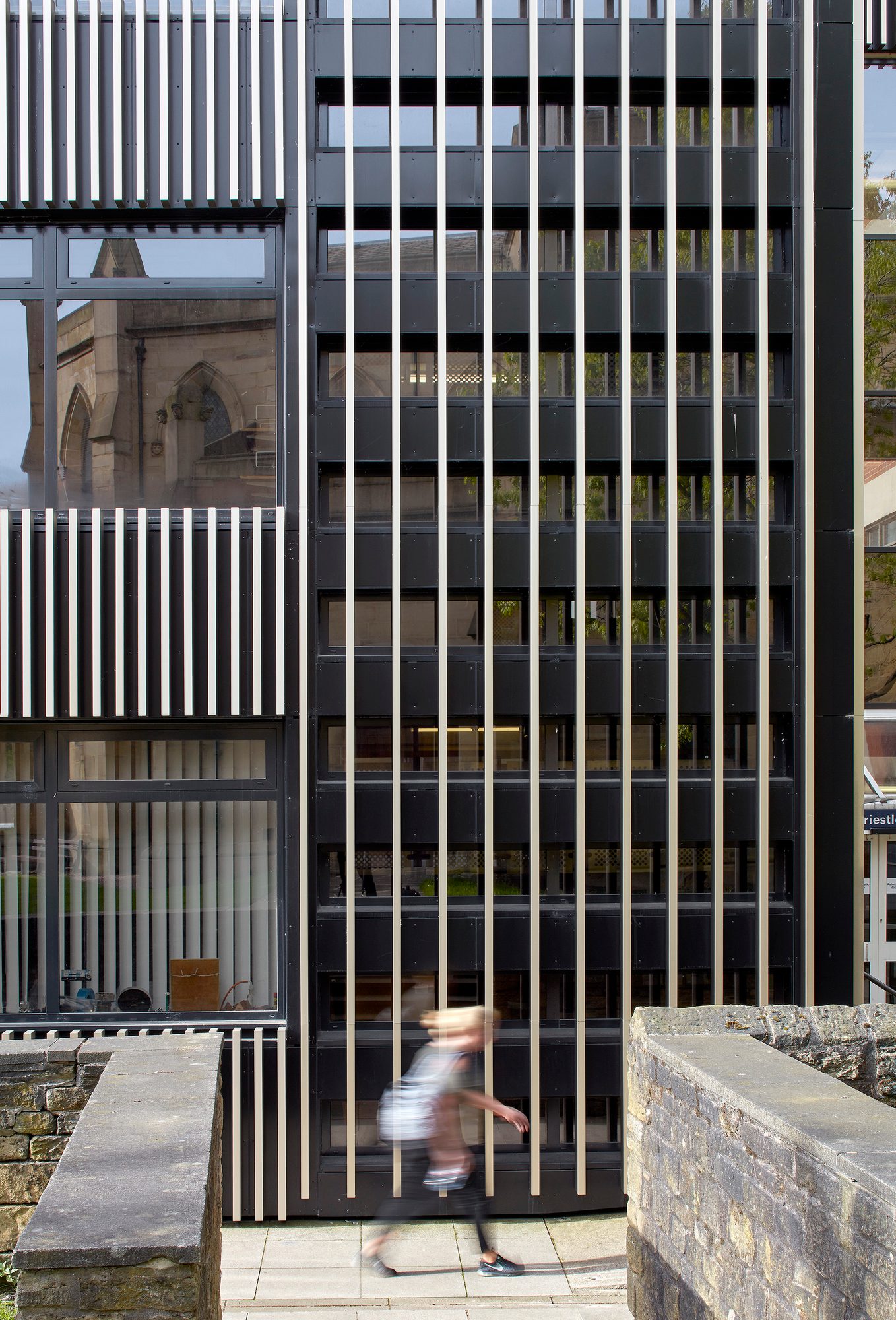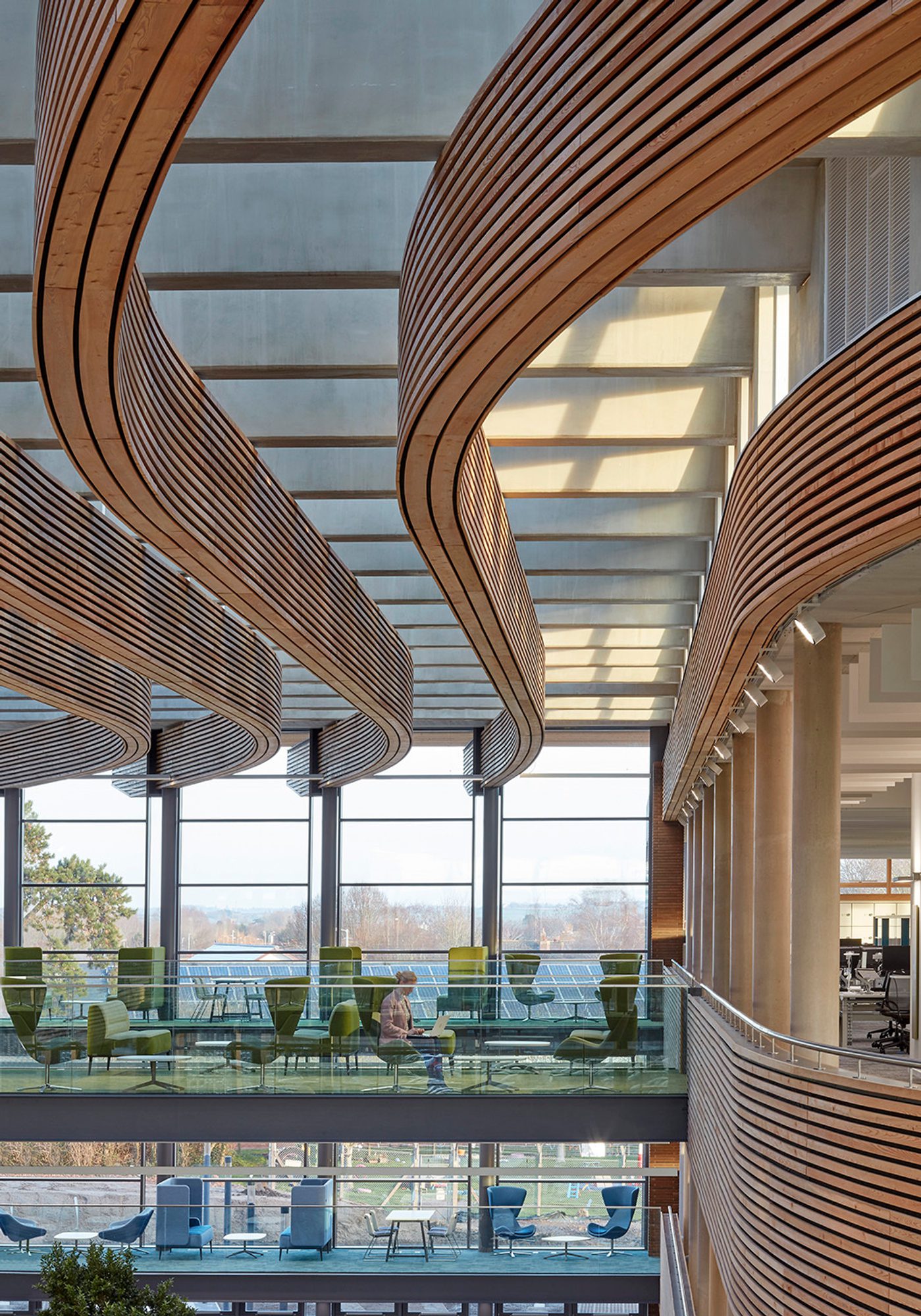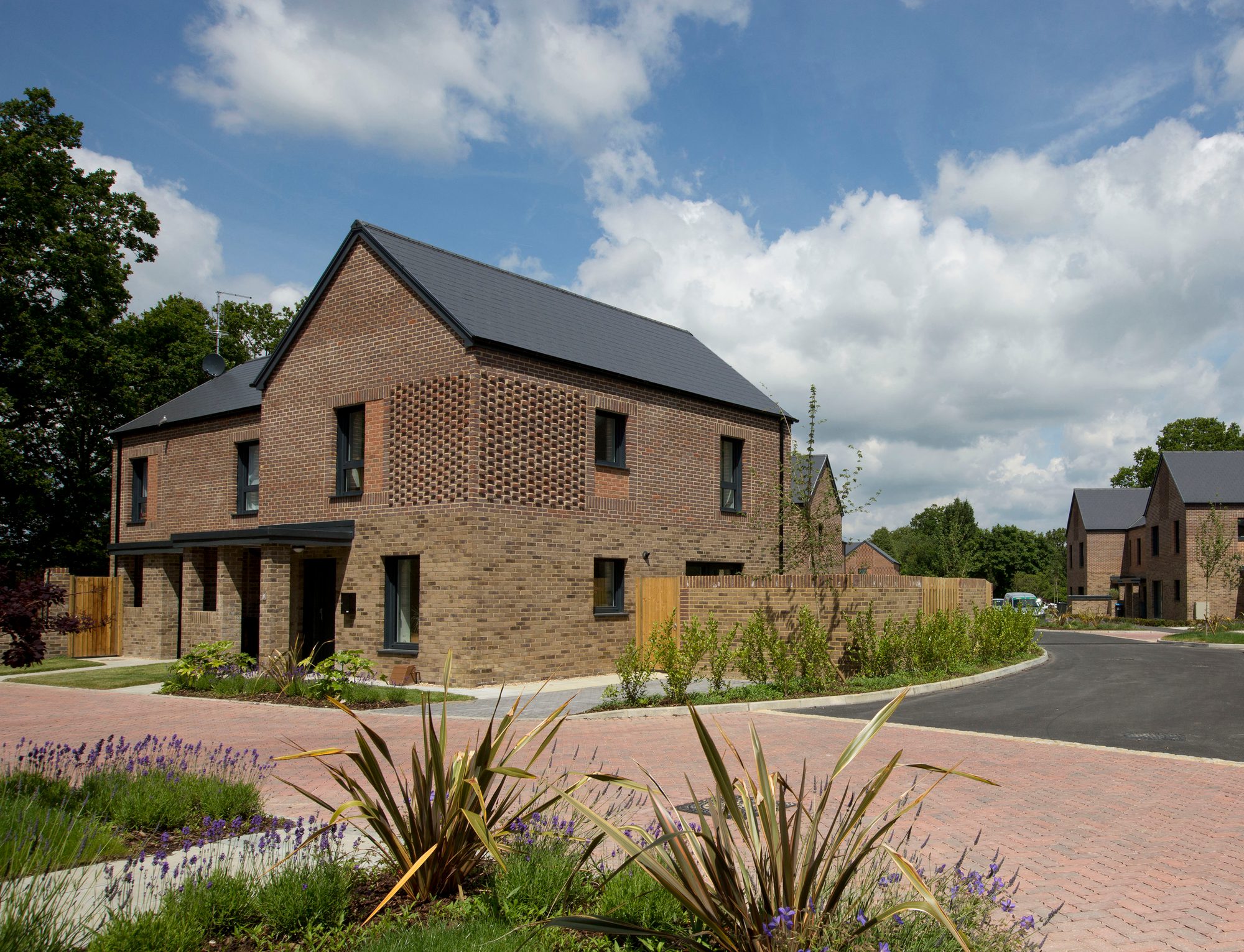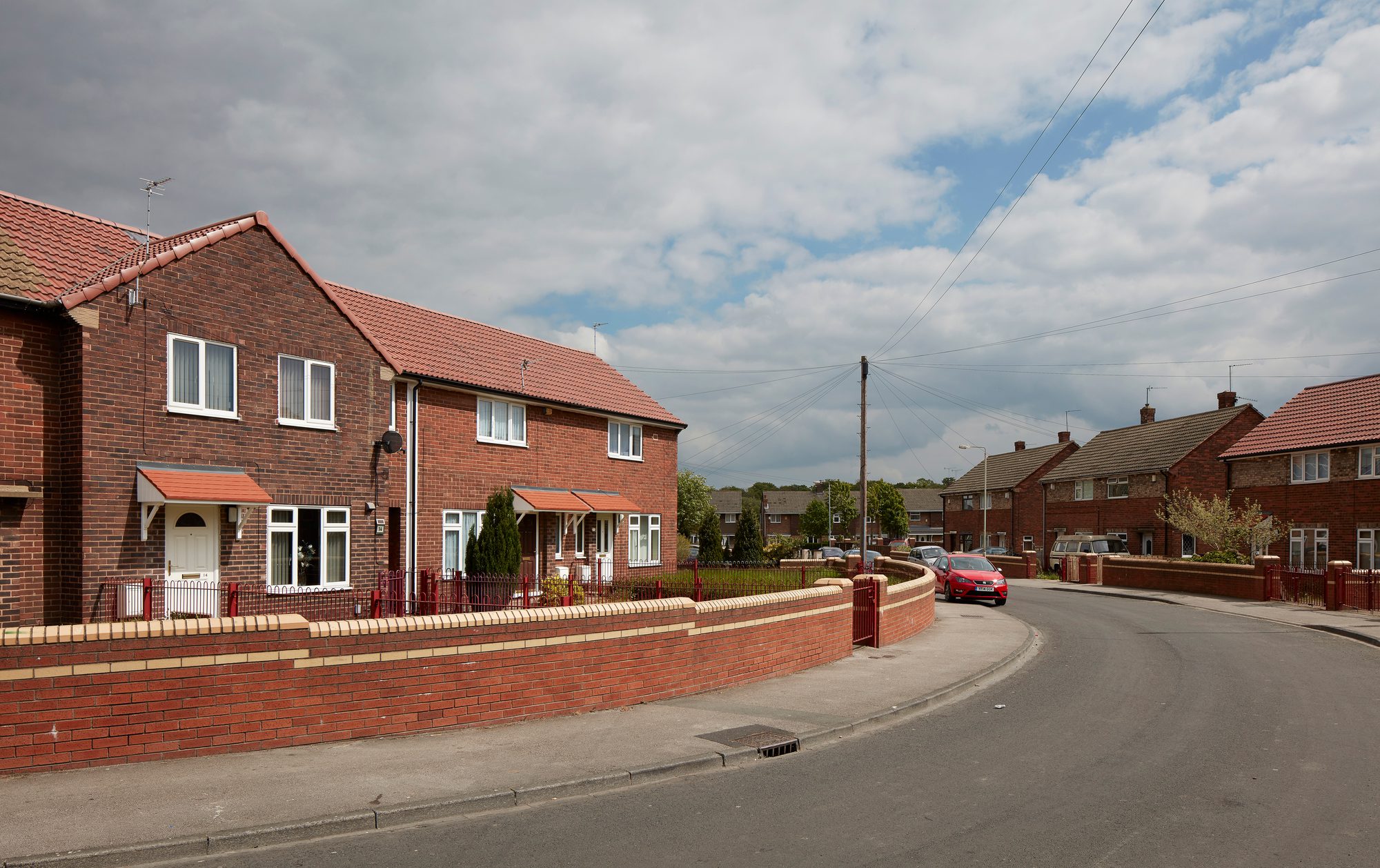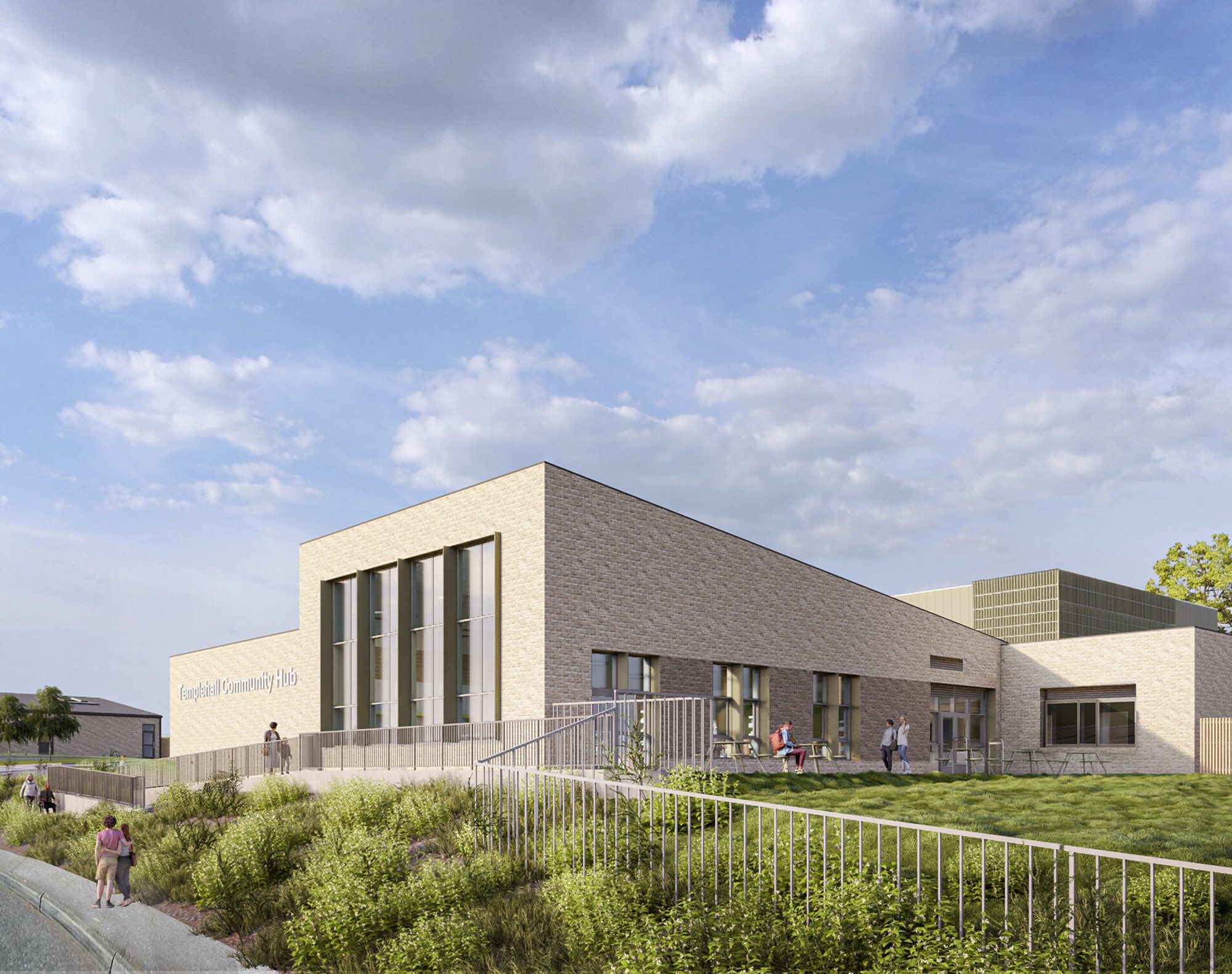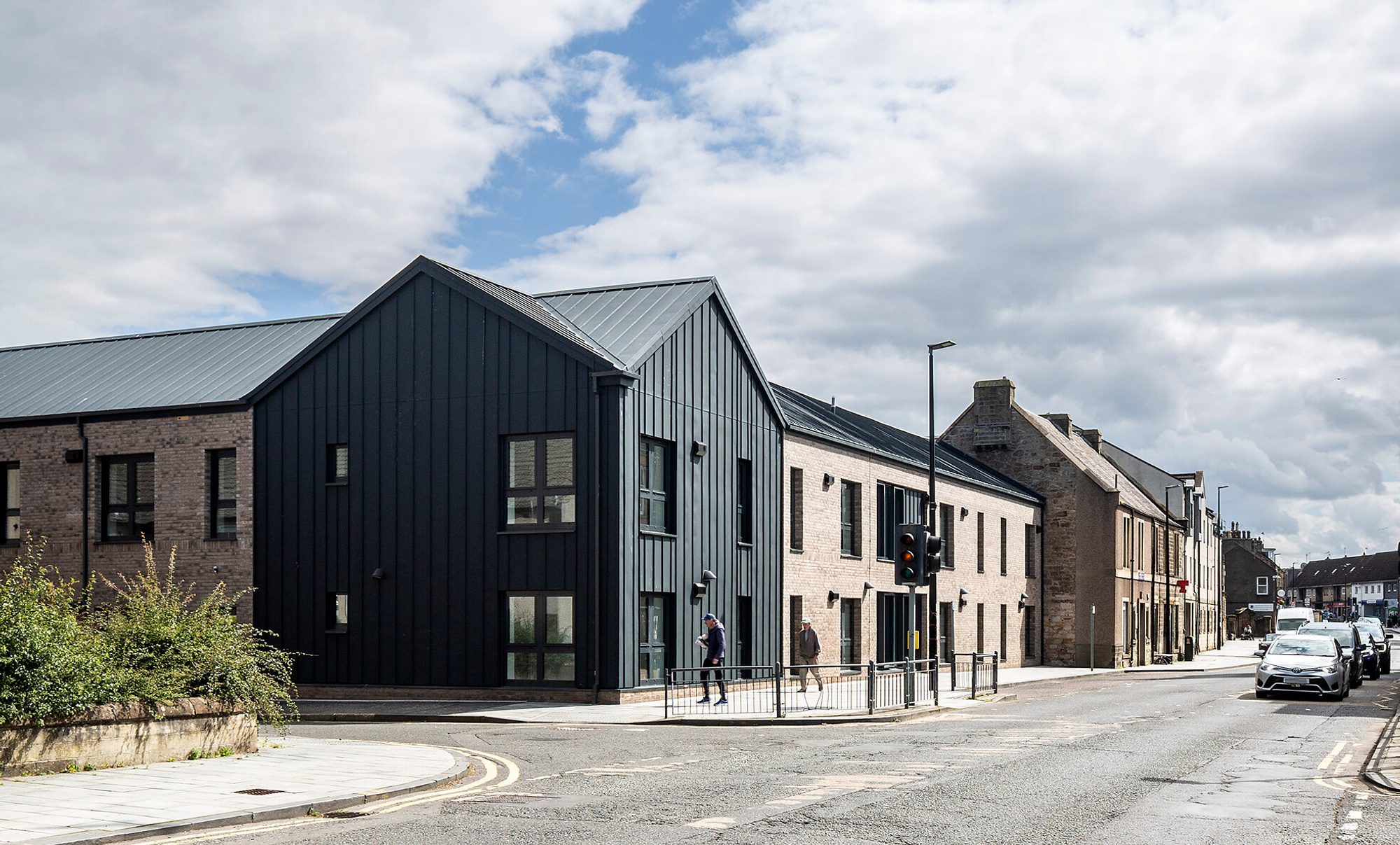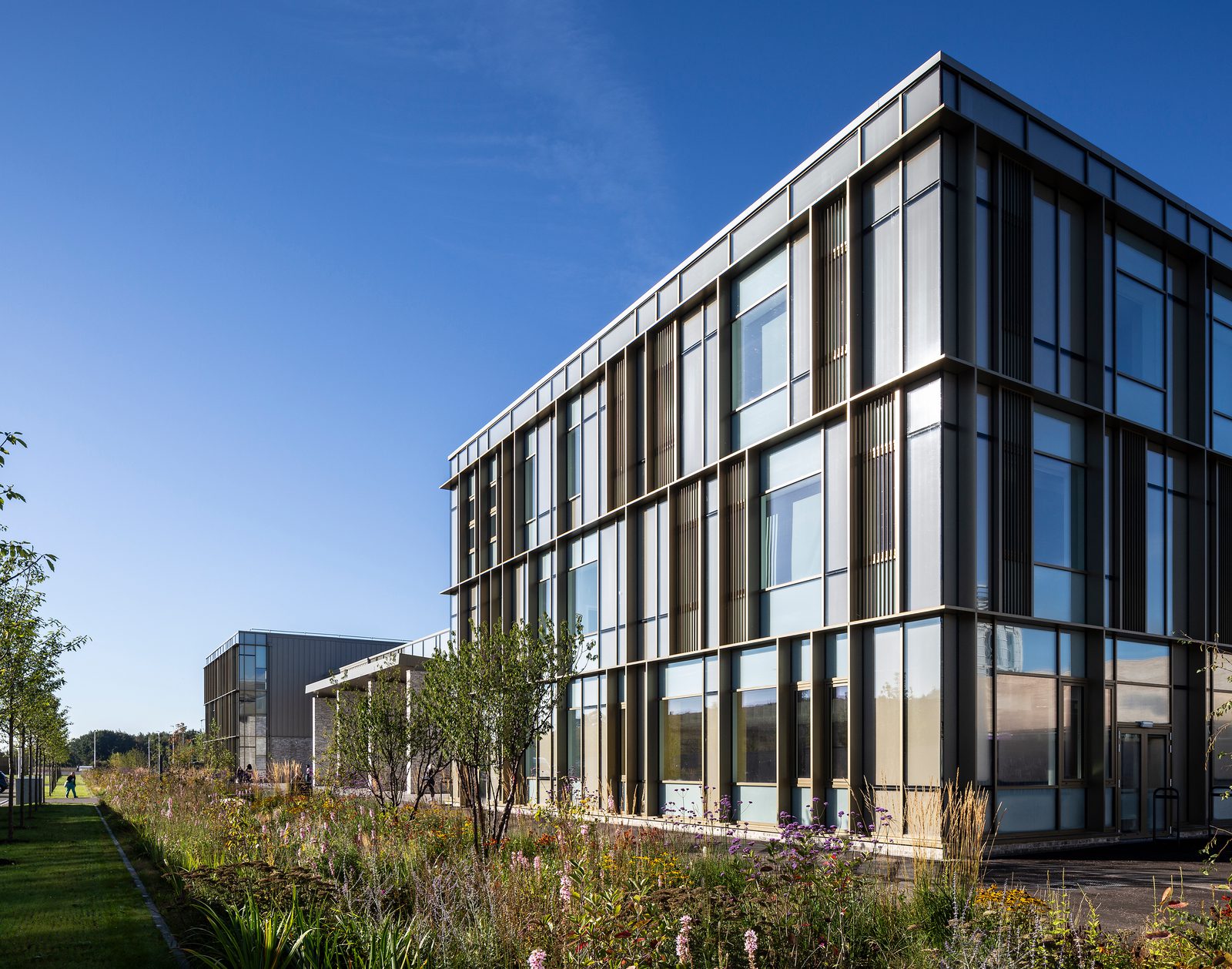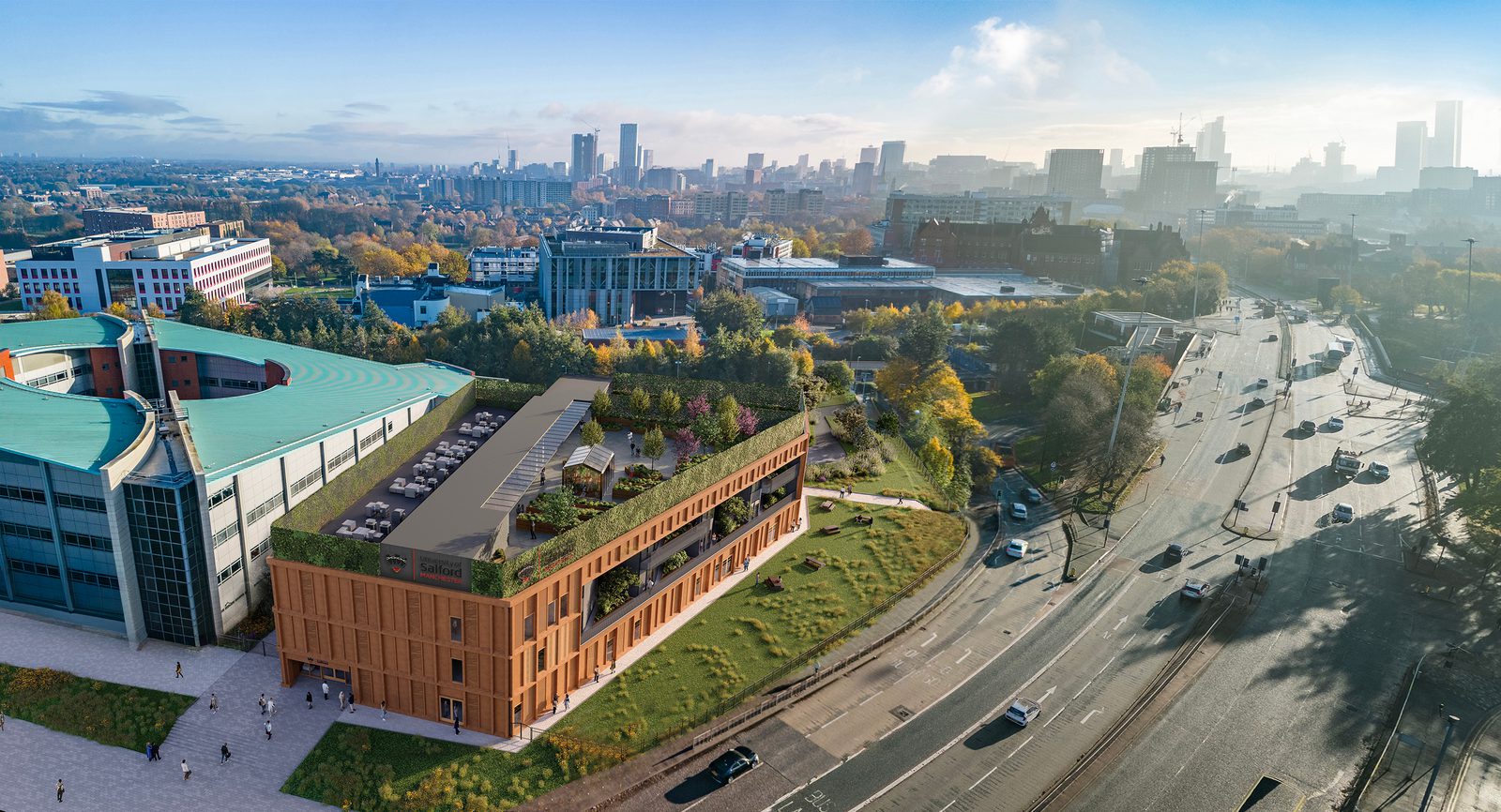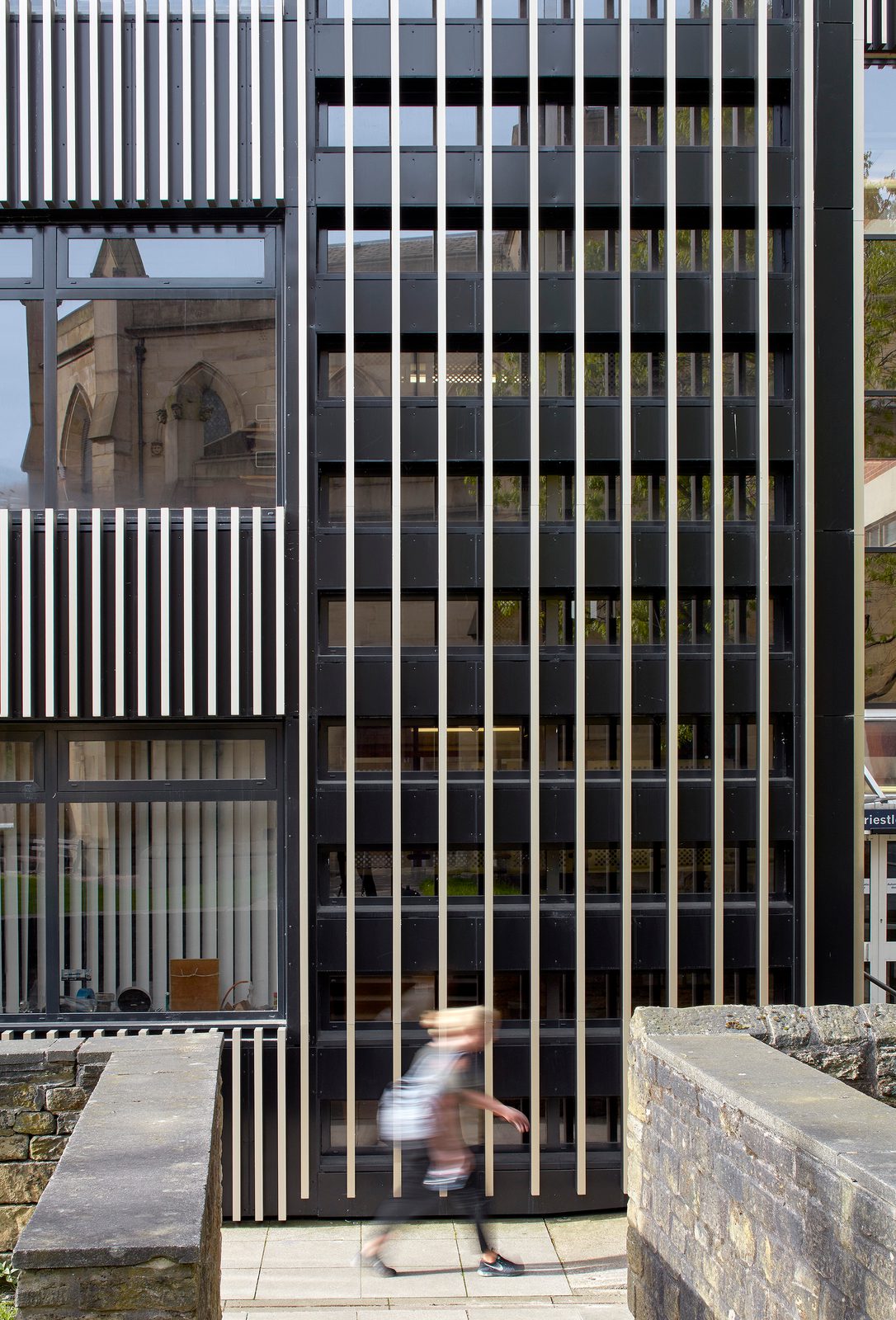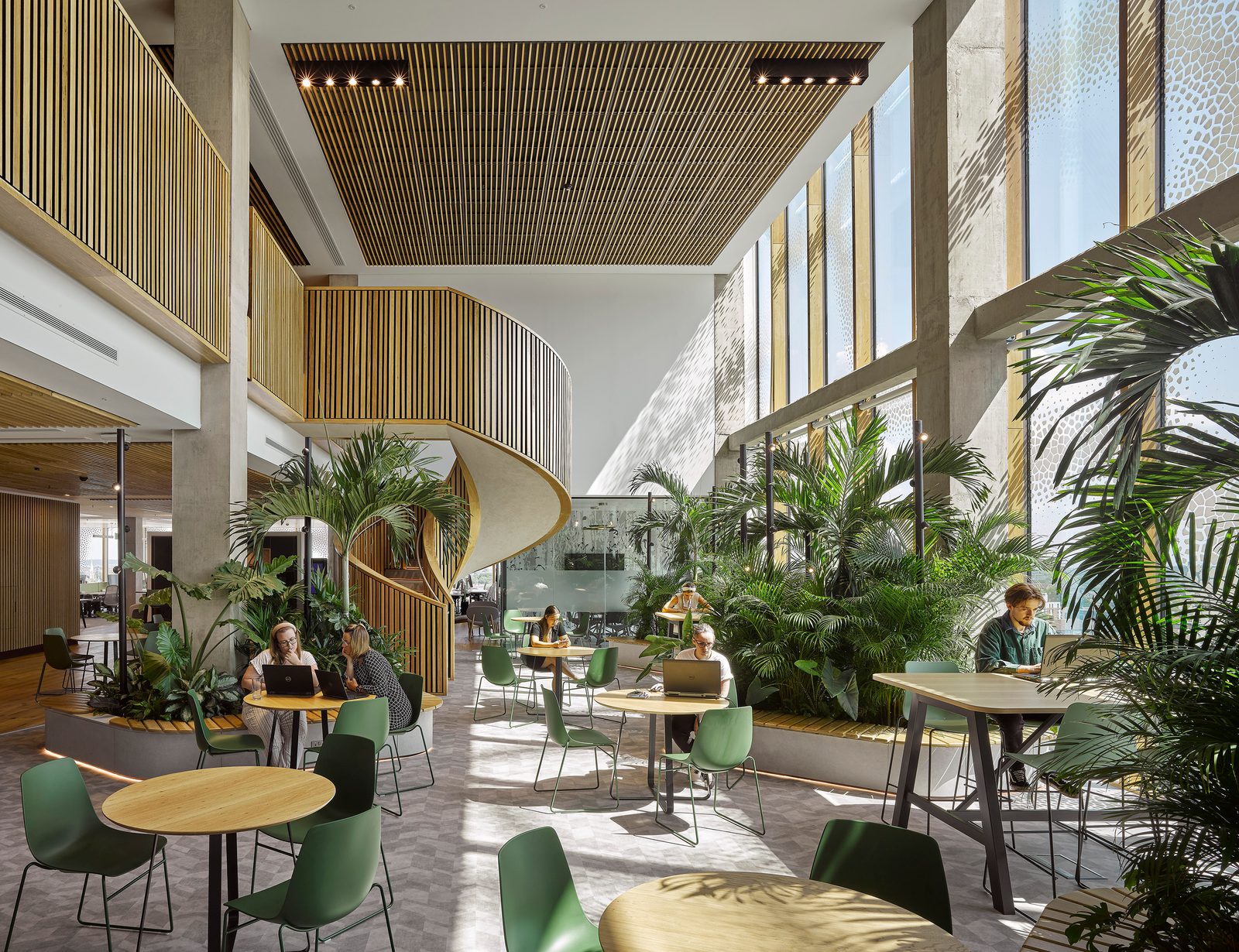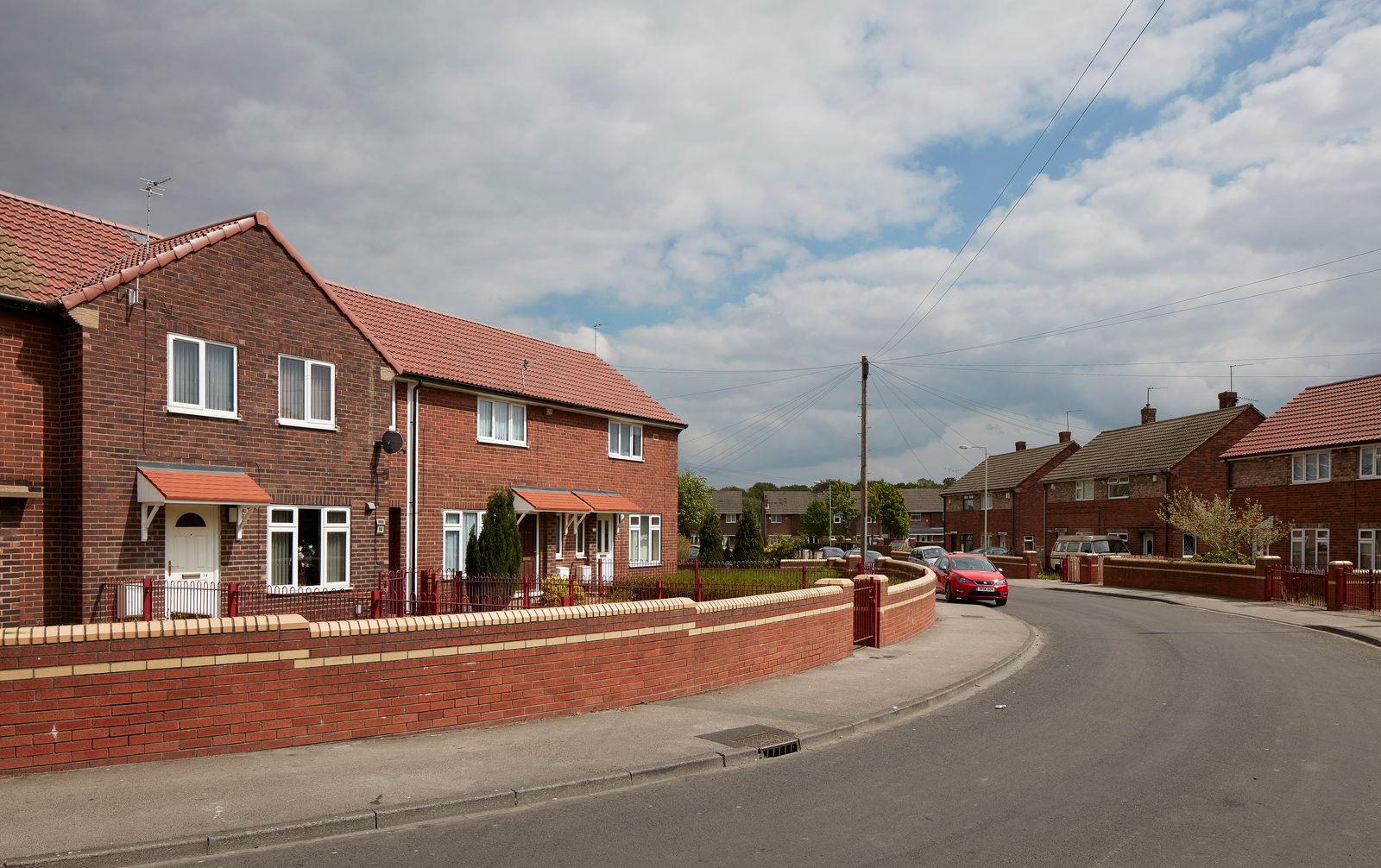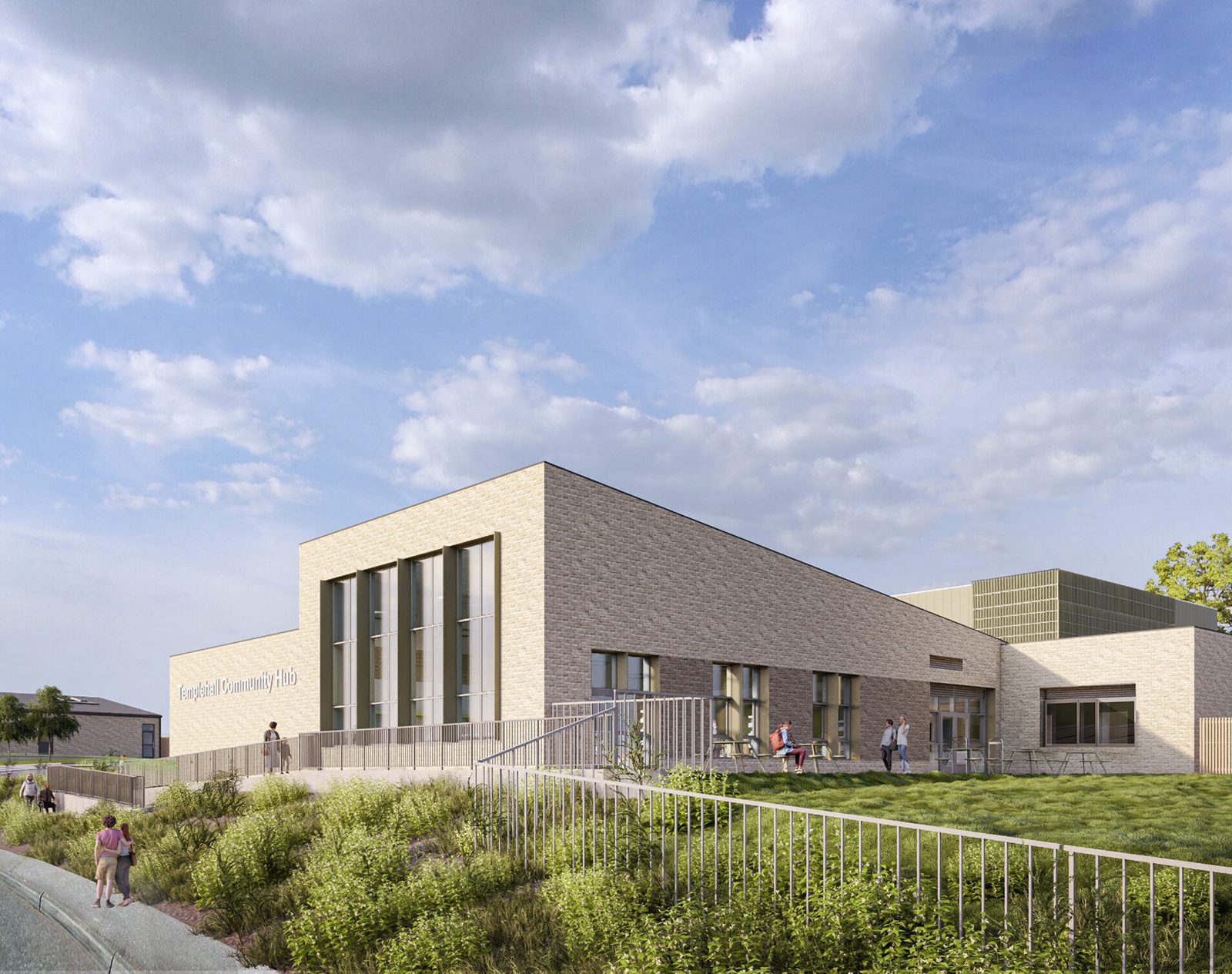
Sustainability
A commitment to sustainability is shared by everyone at AHR
Find out how our Retrofit Toolkit can help youWe design with lasting impact in mind – creating spaces that are healthy, efficient and inspiring. Our designs are driven by low-energy strategies and a deep understanding of how people use space. Through every project and decision, we aim to leave the world better than we found it.
Led by our sustainability group and supported by champions across each of our offices, our architects, building surveyors, interior and landscape designers work together to deliver inventive, practical solutions. We actively reduce both embodied and operational carbon, with a strong focus on retrofit, reuse and repurposing to unlock the environmental value of existing buildings.
Our expertise in net zero design and Passivhaus principles supports the delivery of high-performance, resilient buildings. Whether we’re designing new developments or improving the performance of existing assets, we bring together innovation, technical knowledge and a commitment to long-term sustainability.
We believe sustainability and social value go hand in hand. People’s health, wellbeing and prosperity are intrinsically linked to the quality of the spaces they live, work and learn in. That’s why we incorporate biophilic design, accessibility, and long-term adaptability into our thinking – creating places that support both environmental goals and community needs.
Carbon reduction plan
Actively reducing our carbon footprint
As signatories to the RIBA 2030 Climate Challenge and Architects Declare, we’re taking clear, accountable steps towards a low carbon future. Our Carbon Reduction Plan, now in its fourth year, sets out how we’ll reach carbon neutrality by 2030 across our operations and declared Scope 3 activities. We track progress annually against targets aligned with RIBA, RICS and the wider built environment, keeping us ahead of the 2050 goal set by the Climate Change Act.
9%
Scope 2 reduction during the last reporting year
Through the removal of on-site servers and a transition to cloud-computing
16%
Scope 3 reduction during the last reporting year
Factors included the stabilisation of hybrid-working and changes to UK Government Conversion Factors
5%
Decrease in business travel during the last reporting year
Signalling perhaps a shift towards smarter, more sustainable ways of connecting in person
Sustainability Approach
At AHR, we focus on creating spaces that enhance the lives and wellbeing of people, and I am proud to champion this.
The way we live is evolving and at AHR we work to shape environments that support this. Sustainability is evident not only in my working practice but also in my everyday life. As a mentor to many, I thrive on making a difference, sharing my knowledge and enthusiasm - not only within the practice - but at conferences and also contributing to technical papers.”
Robert Hopkins
Head of Sustainability
Achieving Net Zero Carbon
Backed by robust strategies, we are driving a future where buildings play a restorative, regenerative, and self-sustaining role. Our approach focuses on reducing energy consumption, reusing existing environments, re-greening urban areas and promoting sustainable travel.
In the UK, 80% of buildings contributing to the 2050 Net Zero Carbon target already exist, many facing risks of becoming stranded or toxic assets. Through a practical, design-led approach, we deliver net zero carbon outcomes across new-build and refurbishment projects. Our data-driven Zero Carbon Today Methodology and Retrofit Toolkit provide structured, achievable pathways to reduce operational energy and embodied carbon, helping you review assets strategically to lower costs and reduce carbon.
A collective effort
We believe delivering sustainable places calls for collaboration that embraces transparency, drives innovation, and creates lasting positive impact. We invest in new technologies, materials, and tools, and create space for open dialogue with communities and colleagues to strengthen our approach.
Through initiatives like our Decarbonisation Roundtable series, we bring together voices from across the built environment to share insight, challenge thinking and support progress. We monitor and measure the impact of every project, using what we learn to inform future decisions. By supporting the RIBA 2030 Climate Challenge and Architects Declare, we align our efforts with a shared ambition to accelerate meaningful change across the industry.
Recognised accreditations
As specialists in delivering healthy, sustainable buildings, we have expertise across recognised accreditation standards including BREEAM, LEED, WELL, NABERS, BRE and DEC. We work closely with clients to apply these appropriately, whether full certification is required or principles alone.
As Passivhaus Trust members, we are proud to have delivered award-winning Passivhaus projects, including the world’s largest Passivhaus education building, and have in-house Passivhaus certified designers across all our UK offices. This expertise feeds into the technical design of all our projects – regardless of aspirations for formal certification.
Making a positive impact on the future
Promoting sustainability throughout our projects
Featured
Insights and news
Explore our latest projects, insights, and podcasts on sustainable design, social inclusion, economic resilience, and connecting with nature.
Links
- Designing healthy places: The role of placemaking in wellbeing and inclusion
- Building consultancy: retrofitting a route to net zero
- The WELL Building Standard: Managing The Spine for health and wellbeing
- Learn more about the world's largest Passivhaus school
- Read more about designing the future of life sciences
- How is trauma-informed design transforming university spaces?

Project News
The new Women and Children's Building becomes first in England approved under NHS Net Zero Building Standard
The new, AHR-designed Women and Children’s Building, which places healthcare staff and patient wellbeing at the fore, is the first NHS building to achieve net zero carbon in operation.
Date: 1 Oct 25
by AHR

Practice News
Decarbonisation in Leeds: Tackling greenwashing and cost barriers
At our decarbonisation roundtable discussion in Leeds, experts joined us to explore how we can overcome greenwashing, cost and National Grid challenges to lead the UK’s net zero journey.
Date: 8 Oct 25
by AHR

Project News
Daphne Steele Building achieves WELL Platinum certification
The building, part of the University of Huddersfield’s National Health Innovation Campus, has achieved WELL Platinum certification – the highest possible rating under the WELL Building Standard.
Date: 25 Sept 25
by AHR
We can help your project make a positive impact
Our team of experts are ready to take on any challenge - no matter how big, small, or complex. If you've got a project you'd like to discuss, we'd love to hear from you.
Get in touch
